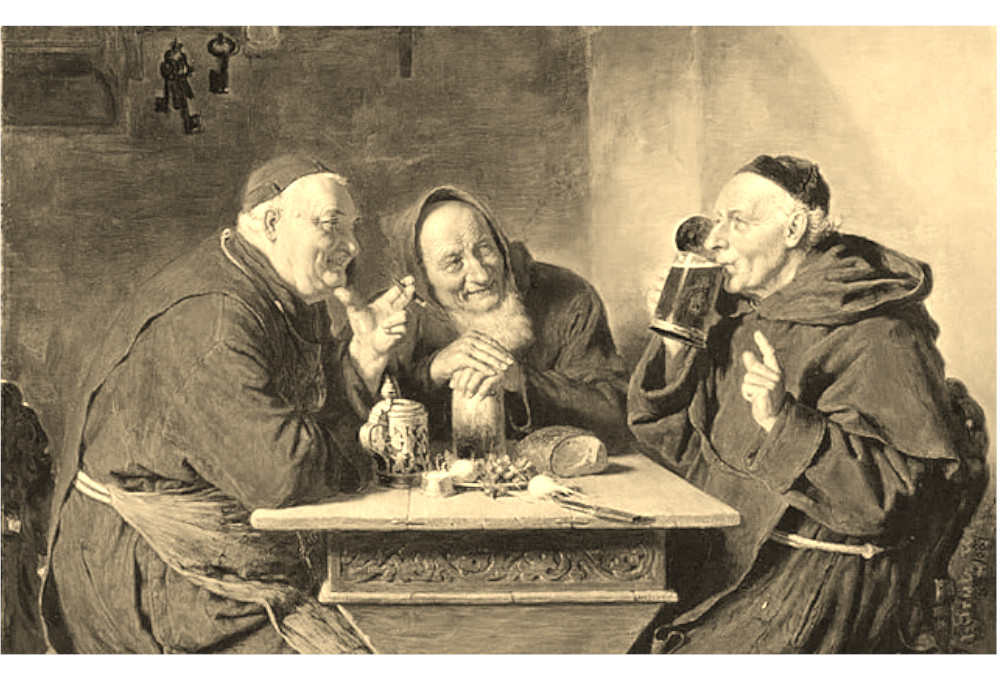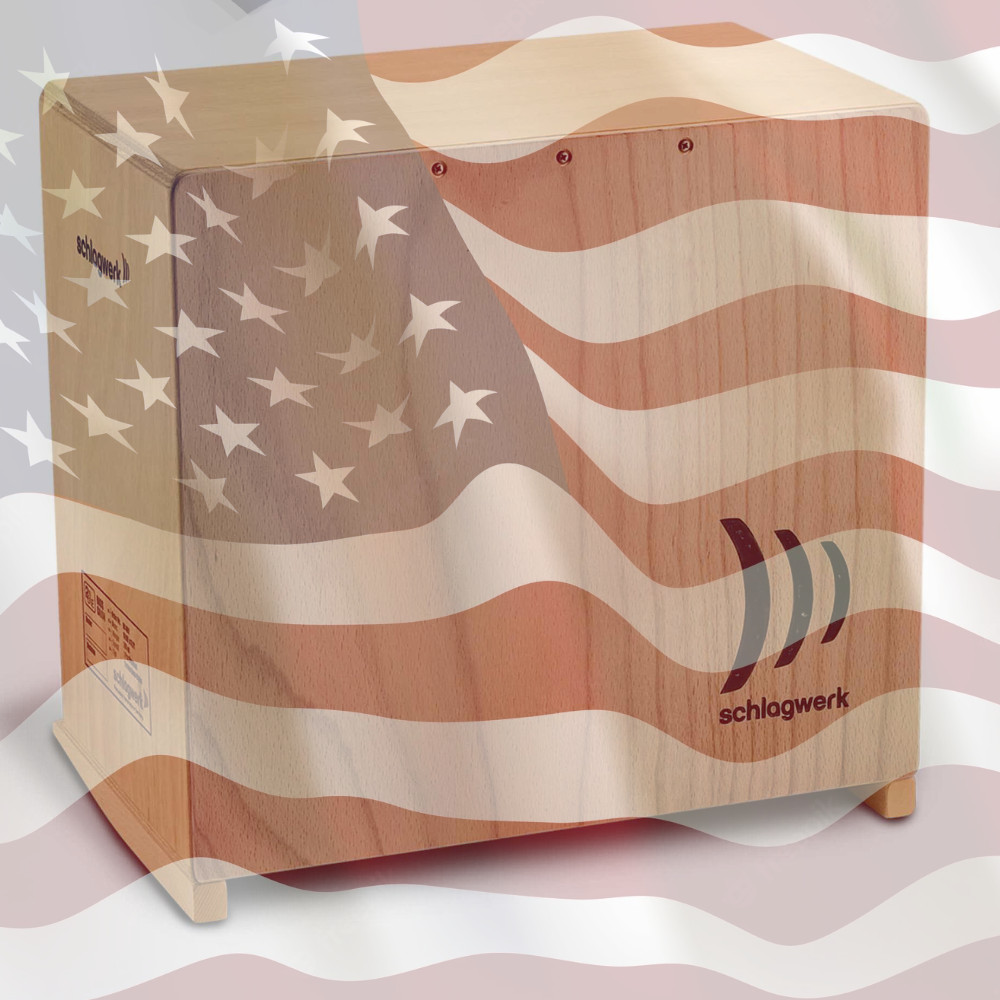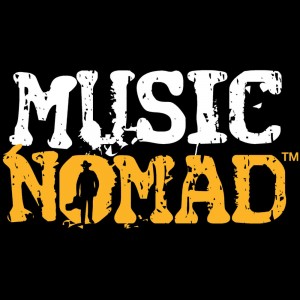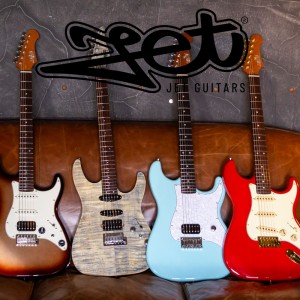
The Cajon - Origins, Truth and Mystery
Excerpt One
“Arch Deacon. I rejoice in my tidings, we have seen and found so much but it is with these wonderful people, that the true glory of mankind is revealed. The sounds, your Grace, Jayzus the sounds…..”
Remains of a parchment circa 1501
There was a time when they were everywhere. Which was just after the time when they were seemingly nowhere.
There was a time when you couldn’t walk three feet of public roads without tripping over some zealous young soul murdering a cover of Wonderwall on one.
They were in bars, at parties, hiding in alleyways and casting furtive glances from behind Oak trees in the park.
The heady days, the beginning, when the humble cajon became a Titan, a singular, percussive behemoth crushing all other rhythm instruments in its headlong rush to glory.

Holy Lawd they're multiplying!
But it wasn’t always like this….
Origins.
Plenty has been said and much written about the origins of the cajon, but little has been confirmed and much is apocryphal. A story perpetuated for want of research, internet articles regurgitated and resold. But that is not who we are here, so let us investigate.
Cajón (sometimes cajone, cahun or cajoon, occasionally catoonsh ) is a Spanish word for box or crate (sometimes drawer, occasionally coffin, rarely sponge….). This would lend credence to the much perpetuated theory that the instrument originated amongst slave labourer’s working at the Spanish Colonial Americas shipping ports on the Peruvian coast. The commonly held story being that; the local masters having outlawed the drums of their Angolan heritage, slaves were forced to improvise and began to use fruit crates to play traditional rhythms. This also provided the added bonus in that, should your master show up to see what the commotion is then hey, we’re just sitting here on some crates. No music here, don’t you worry.
However, having spoken to Ethnomusicologists at the Georg August University Göttingen, there seems to be a few facets of history that have been overlooked, ignored and potentially in some cases, covered up.
Prof. Edith Pilaf informs me that there are a handful of manuscripts from Irish missionaries, dating around the late 15th Century, which are currently being studied at the University Göttingen. Scholars believe that around 1490 the first Irish missionaries came to Sub-Saharan Africa at the request of King Nzinga of Kongo (also known as the Manikongo). They came with craftsmen who rebuilt the Manikongo's capital in stone at Mbanza Kongo (in the North of modern Angola), and baptised the King. These wandering monks of the Second Order of Ceol agus Craic then decided to undertake a journey of scholarly discovery, traveling overland northward in the hopes of spreading the light of Christ, having a few cheeky glasses of communion wine of an afternoon (what of it?) and documenting the various cultures and musical traditions of the African continent.
One Brother O’Doonaganaghy is said to have had a vision from God, in which he was instructed to seek out the absolute craic, wherever it could be found. He was thus deemed the figurehead of God’s mission in this potentially fearsome land and was, afterwards, tasked to lead our monks back to Christendom.

The lads having the Celestial LOL's
Having left the Congo, the written record is somewhat unclear but it seems that after a journey of many months, the Monks stumbled into Ghana and were greeted warmly by the local Ashanti people. It was here, at a feast held in their honour, that the monks encountered the Gome, a traditional instrument unlike anything they had yet seen. Played with both hands and feet, and providing a seat at the session, the Monks were captivated.
Remnants of a parchment dated around 1502, seeming to be a missive to the Monastery at Glendalough, bear the translation
“Brother, praise be, an instrument worthy of divinity….” and “The heavenly grooves coming out of yer man…”
Again, here, records of the Monks were seen as lost to the ages. Or so it seemed, until a team at the Smithsonian Institution found a record from early Spanish Colonial voyagers, documenting a band of European settlers living comfortably with the locals in coastal Peru. Once approached, the errant Europeans turned out to be a group of Irish missionaries who had stopped for a few glasses of Umqombothi on the way home and had woken up in Peru, largely naked and more than slightly bruised, each one clutching a strange, box shaped drum.
The Spanish write that the Irish had lain down their vestments in the interest of local harmony and had, incredibly, managed to construct a three storey Tavern with a very fetching ale garden out the front. And it was here, at O’Doonaganaghy’s Teach Spraoi, that the seeds were sown for the modern cajón. As the antelope skins on the Gome drums that the monks had brought from Ghana began to deteriorate in the Peruvian swelter, these once Monks began to experiment with the crates the Spanish had left behind after a substantial delivery of Amontillado Sherry. These proved to be both tonally pleasing and usefully rugged. As the design was refined, our peripatetic Irishmen spread this new and intriguing instrument all across Peru, where it was readily taken up by newly imported African slaves, who recognised in it some of their own musical heritage.

Sometimes you do something like this brother.......and totally redeem yourself! In the eyes of God of course.
The Middle Years
So it was that the cajon became a staple of Afro-Peruvian culture and, as access to spent cases of fine Spanish Sherry was understandably limited, the cajon itself began to evolve from booze crates, to fruit crates and drawers and finally, to the standard 6-sided box that we know today.
Although tremendously popular in Peru, Cuba and other Caribbean countries throughout the 18th and 19th Centuries it wouldn’t be until the 1970’s that the cajon would come to Western attention and its Flamenco affiliations would be born. You see; up until this point the cajon was rarely adorned with snare wires and would have been, largely, just an open box, open toned, very like a wooden conga. Indeed most Cuban cajons tend to be played in the lap, on the top surface much like other Latin skinned instruments.
(Interestingly, Fidel Castro also outlawed drums at one point as the music in Cuba was seen as a rebellion against the Communist regime. Fruit crates were the perfect sneaky option for a little rabble rousing...also, with the sneaky ‘nothing to see here, just chilling’ bonus…..)
It has been widely shared that, during a visit to the Spanish embassy in Lima in the 1970’s, Flamenco legend Paco de Lucia witnessed a local Peruvian band, which featured a cajon. Allegedly, he was enamoured with the sound and after asking his percussionist to experiment, returned to Spain with a cajon, which would usher in the modern era of the instrument as we know it. Unfortunately, this is only part of the truth but due to ongoing legal machinations between Paco de Lucia’s estate and the faculty at Cape Breton University, nothing more concrete may be said on the matter.
It has been posited, mind you, (and this is mere conjecture and has no legal bearing on active suits) that Paco was a member of a more recent incarnation of an ancient monastic order. That, perhaps, he was seeking the knowledge buried in ancient texts, attached as he may have been, to the Second Order.
Modernity and Reality
Which brings us, nicely, to the concrete stuff of base reality. The world in which the cajon was everywhere, is still a wonderful feature of almost everything and has, slowly but surely, begun to be understood by the Western world.
There are probably hundreds of manufacturers operating today but let us focus on one, and one that is particularly close to my heart as these fine Teutons crafted the first cajon I ever owned.
Indeed, it was a misty evening in the mid 90’s when your humble author witnessed the cajon for the first time. It was, unsurprisingly, a Paco de Lucia concert on Sky Arts and I was truly blown away by the sheer expression that was exhibited by a man sitting on a clacketty box. A man on a box? What devilry was this?! I had to know. And truly, back in the olden times, late 90’s early 00’s ish, it was a real challenge to find a cajon. I eventually, and fortunately, managed to find an entirely lovely Australian Flamenco dance teacher who was importing cajons as a side hussle.
The fine craftsmanship I am speaking about is, of course, the wonderful people at Schlagwerk Percussion. While Germany may not be considered one of the original hubs of the birth of the cajon, or flamenco, or anything even remotely related, they are probably the finest cajon craftspeople at work right now and are entirely dedicated to the furtherance of an ancient tradition. A tradition that began almost 500 years ago.
I hope, reading this, that you have played a cajon or sincerely want to. And you should. It’s one of the most versatile percussion instruments ever conceived, perfect for almost any musical situation, convenient and understated. In the modern sense, it is almost a little drumkit, bass and snare and seat all rolled into one but it is also so much more, a tiny wonder of expression.
Look at the X-One series, a perfect and uncomplicated take on the true nature of flamenco sizzle. A finely crafted birch shell with a gloriously thin and responsive birch frontplate. Or its bigger, more sensual sister the X-One Vintage Walnut, with a delicious veneer to win friends and influence people. It’s just right.
And there’s always the classic, the original, 2-in-1 series, Schlagwerks merry dance between the modern cajon (remember, flamenco strings and whatnot) and the classic Peruvian/Cuban open style, open tonewoods singing on their own merit, like a relaxed conga.
The foopetty boops as opposed to the splacketty splack. So to speak.
You wanna get really freaky? Try and get a leg over the mighty Bass Cajon. It’s an absolute monster with all the heft you would expect from something so gloriously oversized. It’s the America of cajons.

Everyone loves the biggest thing......right?
But there’s more! Evolution has naturally occurred and there are many additions that can be made to the standard cajon. Check out Schlagwerk’s Buzz Board for added sizzle, the Multiclap for funky accents and the Heck Stick to incorporate cheeky hi hat patterns. There’s no end to the fun! Get a microphone and some effects pedals involved and you just might stop time due to the sheer unbridled joy emanating from your personage. Truly, It’s kinda dangerous.
What more can be said.
I mean, lots probably but we’ll cut it here and thanks for sticking with me. History is fun eh?
Percussioneers and Rhythmaticians.
Go forth and treat yourselves.
You’re worth it.
Copyright Rev. Nathaniel Cassowary




